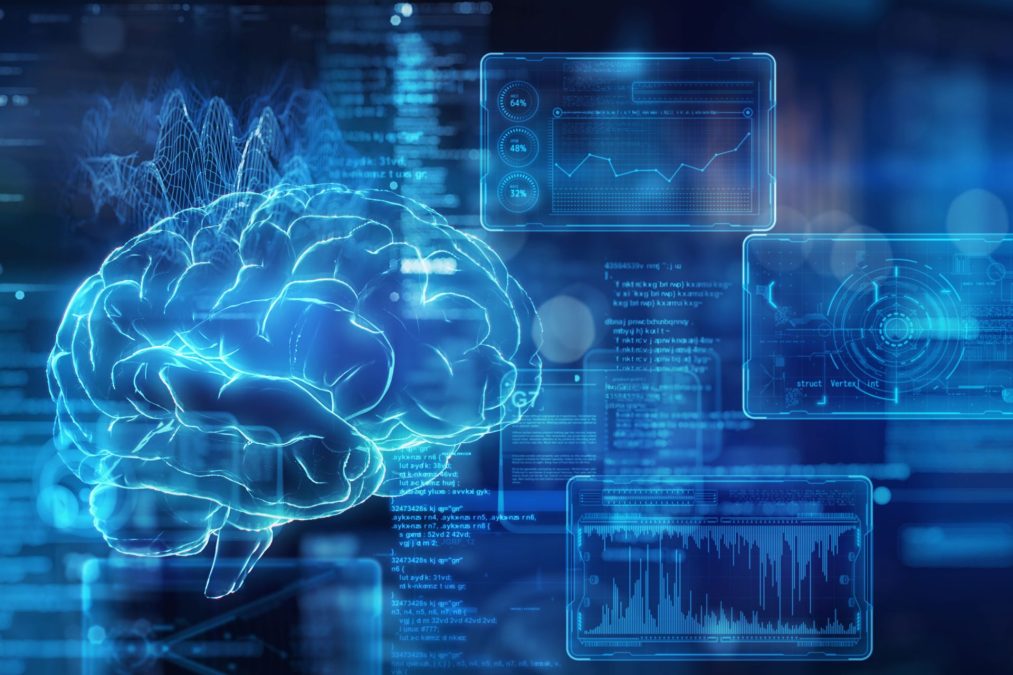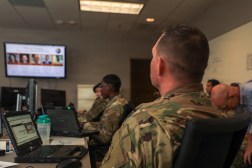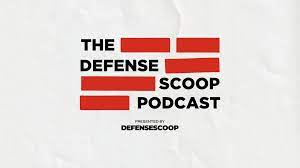Army CIO reining in AI use cases to prevent excess costs

As the Army explores scaled employment of commercial-off-the-shelf artificial intelligence, the service’s chief information officer wants to make sure the technology’s use is being optimized in a way that it doesn’t break the bank.
“Our big lesson learned is, this is expensive stuff to do. I think that’s really driving our peeling back and tightening the guardrails on use cases,” Army CIO Leonel Garciga said Monday in an interview with DefenseScoop.
Over the last few years, the Army has initiated AI-focused prototype efforts — such as the CamoGPT large language model and Project Athena — to understand both the technology itself and how to effectively deploy and manage it. The service recently pivoted to a commercial model in May with the launch of the Army Enterprise Large Language Model Workspace, a generative AI platform powered by AskSage that’s used for tasks ranging from drafting press releases to reclassifying personnel descriptions.
But while the Army does see a future for AI in the department, Garciga said that the cost of running the software itself — whether the raw store and compute or tokens that LLMs use in processing — is influencing the specific use cases the service wants to apply the tech for in the near term. As a result, the organization is taking lessons learned from its prototype efforts to ensure the technology is available, but at an appropriate cost, Garciga said.
“There are many times that we find folks using this technology to answer something that we could just do in a spreadsheet with one math problem, and we’re paying a lot more money to do it,” he said. “Is the juice worth the squeeze? Or is there another way to get at the same problem that may be less cool from a tech perspective, but more viable from an execution perspective?”
For example, the service recently used artificial intelligence to review all of the position descriptions within the Army that shut down multiple GPUs for a cloud-service provider for eight hours. In an event where hundreds of thousands of people in the Army turned to AI tools for smaller jobs on a frequent basis, “that gets expensive real, real fast,” Garciga said.
“At times, we’re using some of these capabilities to do it, leveraging GPUs and getting all that done, when we could just do a regular algorithm on regular compute and it would get the same result in the same amount of time. It’s just more convenient to have it at the tips of your fingers,” he said.
The Army has been reviewing AI use cases from CamoGPT and other pilot efforts since November 2024 and is currently focused on understanding how the technology can be integrated across two key areas, he noted.
The first use case is to fill gaps within the service’s civilian and acquisition workforce, which has decreased in recent months due to budget cuts and the Trump administration’s push to downsize federal agencies. The second is finding opportunities to “rethink the way that we deliver certain services,” Garciga said.
In the future, the CIO said the Army is likely to focus on deploying more commercial AI platforms like the Army Enterprise LLM Workspace and fewer bespoke models, partly due to the cost of compute and storage, but also because enterprise-level systems are difficult to manage.
“The commercial space has kind of figured this out, and though there’s still some challenges on how we pay, whether it’s native and cloud or something that’s more COTS, we’ve still got some work to do in that space,” he said.






